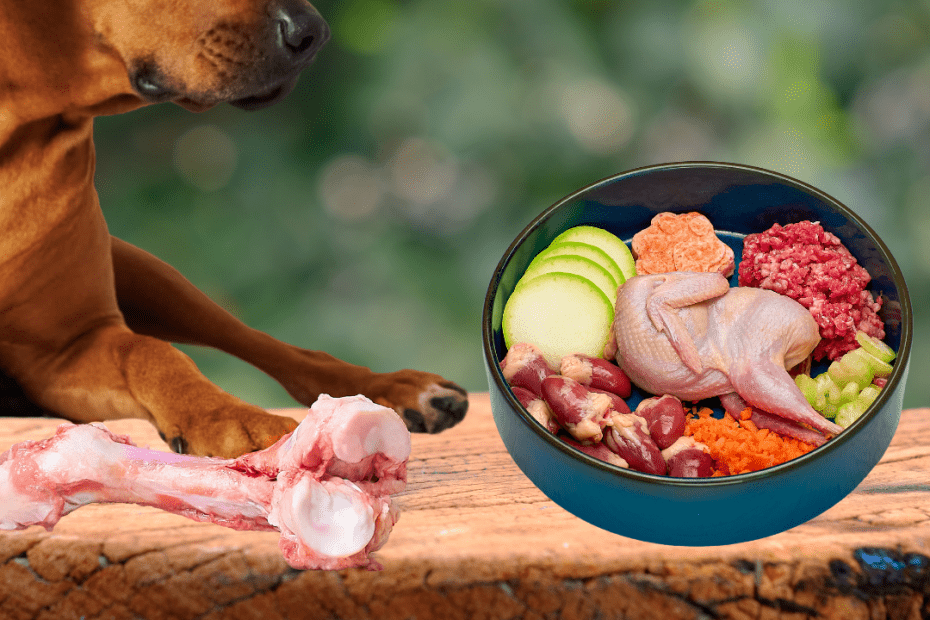Athletic dogs can thrive on a raw food diet, but it must be properly balanced to meet their high energy demands. A well-formulated raw diet can enhance muscle development, endurance, and recovery, but nutritional imbalances can lead to deficiencies or excesses that harm performance and health.
Why Raw Diets Appeal to Athletic Dog Owners
Raw feeding is popular among owners of working and sporting dogs because it provides bioavailable protein, essential fats, and natural enzymes. Many believe it mimics what canines evolved to eat, promoting lean muscle, joint health, and a shinier coat. Additionally, raw food lacks preservatives and fillers found in commercial kibble, which can cause inflammation or digestive issues.
Protein Requirements for Performance Dogs
Athletic dogs require a higher protein intake than companion dogs. Raw diets should include muscle meat from sources like beef, turkey, lamb, and venison, with protein making up around 40–50% of their total diet. Without enough protein, dogs may experience muscle loss, slower recovery, and decreased endurance.
The Role of Fat in Energy Production
Fat is the primary energy source for highly active dogs, especially those engaged in endurance sports like sledding, agility, and hunting. A raw diet should include 20–30% fat from sources such as chicken skin, beef fat, fish oil, and eggs. Underfeeding fat can lead to fatigue, while excessive fat without proper balance can cause digestive distress.
Essential Nutrients and Preventing Deficiencies
A raw diet must include more than just meat. Athletic dogs need organ meats (like liver and kidney) for vitamins A, B12, and iron, as well as bones or supplements for calcium and phosphorus. A deficiency in these nutrients can cause brittle bones, weak muscles, and decreased stamina.
Hydration and Electrolytes in a Raw Diet
Raw-fed dogs tend to stay more hydrated due to the moisture content in fresh food. However, electrolyte balance is crucial for performance dogs, especially in hot climates. Sodium, potassium, and magnesium should be maintained through sources like bone broth, green tripe, and seaweed.
Raw Feeding for Joint Health and Injury Prevention
Athletic dogs are prone to joint wear and tear. Omega-3 fatty acids from fish like salmon and sardines can reduce inflammation, while natural glucosamine and chondroitin from raw chicken feet or beef trachea support cartilage health. Skipping these can lead to early-onset arthritis or injuries.
Risks of Feeding Raw to High-Performance Dogs
Despite the benefits, raw feeding has risks. Bacterial contamination (like Salmonella or E. coli) can affect both dogs and humans. Additionally, unbalanced diets can lead to nutritional deficiencies, causing long-term health problems. A veterinary nutritionist should review any raw feeding plan for athletic dogs.
The Cost and Time Commitment of a Raw Diet
Raw feeding is expensive and time-consuming. High-quality meats, supplements, and meal prep take effort, and improper storage can lead to spoilage. Owners must ensure consistency in sourcing and preparation to avoid nutrient gaps.
Alternative Diets for Athletic Dogs
For those hesitant about raw feeding, high-quality kibble or cooked homemade diets can be good alternatives. Freeze-dried raw or hybrid diets (raw mixed with kibble) can provide benefits while reducing risks. Consulting a vet is essential when choosing the right diet.
Best Practices for Transitioning to Raw
Switching an athletic dog to raw should be done gradually to avoid digestive upset. Start with lean proteins and gradually introduce organ meats, bones, and fats over 2–4 weeks. Monitor performance, weight, and stool consistency to adjust the diet as needed.
Is Raw Feeding Right for Your Athletic Dog?
A raw diet can be highly beneficial for athletic dogs, but it requires proper planning and expert guidance. If done correctly, it can enhance endurance, recovery, and overall health. However, if not carefully managed, it can lead to deficiencies or digestive issues. Always consult a veterinary nutritionist before switching to raw feeding.
